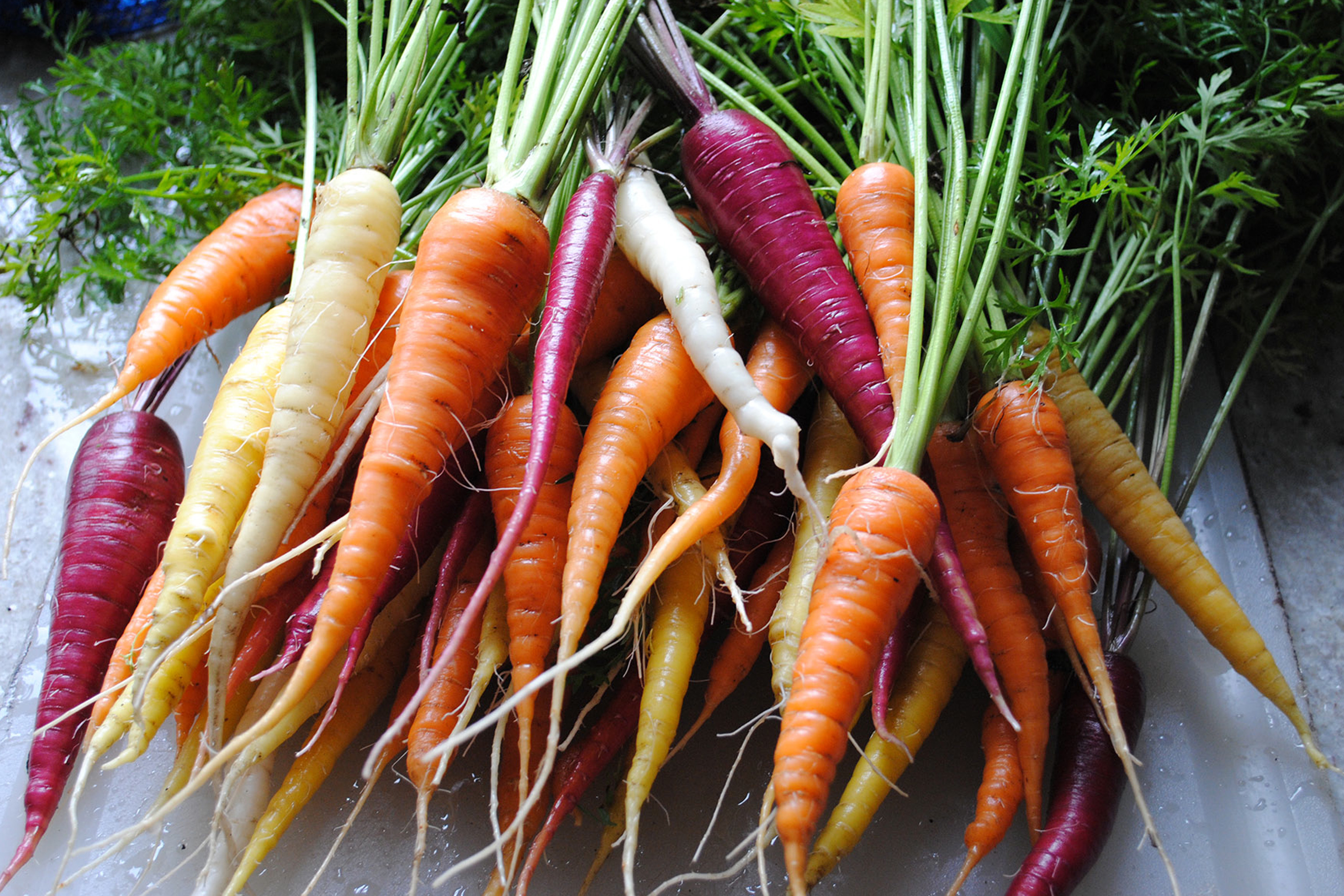Harvest something from a garden
Harvest ripe vegetables or herbs from a garden, wash and identify them, record what you find, and learn about plant parts and seasonal growth.



Step-by-step guide to harvesting vegetables and herbs from a garden
HOW TO START A GARDEN | Gardening for kids
Step 1
Put on your garden gloves so your hands stay clean and safe.
Step 2
Take your basket and small scissors to the garden bed where plants are growing.
Step 3
Walk slowly through the garden and look for ripe vegetables or herbs.
Step 4
Choose one plant and look at its color to see if it looks ready to pick.
Step 5
Gently check the plant’s size and press lightly to test firmness for ripeness.
Step 6
Harvest the ripe part by cutting it or gently snapping it from the plant.
Step 7
Place the harvested item into your basket.
Step 8
Repeat Steps 3 to 7 until you have four to six different vegetables or herbs.
Step 9
Carry your basket to the sink or another safe washing area.
Step 10
Rinse each item under cool running water to wash off dirt.
Step 11
Put the rinsed items in a colander or bowl to drain.
Step 12
On your paper write each item’s name and the plant part it came from (root stem leaf flower or fruit).
Step 13
Draw each item on your paper so you can see the shapes and parts clearly.
Step 14
Ask an adult to help you check which season each plant grows in and add that season to your notes.
Step 15
Share your finished creation on DIY.org
Final steps
You're almost there! Complete all the steps, bring your creation to life, post it, and conquer the challenge!


Help!?
What can we use if we don't have garden gloves, a basket, or a colander?
If you don't have garden gloves (Step 1), use sturdy kitchen or work gloves, a tote bag or shallow box can replace the basket (Step 2), and a clean sieve or a towel-lined bowl can stand in for the colander when draining after rinsing (Step 10).
My tomato or herb keeps tearing when I try to pick it—how do we harvest without damaging the plant?
Hold the plant gently with one hand and use the small scissors from Step 2 to cut the ripe part at the stem in Step 6 instead of pulling or snapping to avoid tearing the plant.
How can I adapt this activity for a 3-year-old, a 7-year-old, and a 12-year-old?
For a 3-year-old, let them walk slowly and choose plants (Step 3) and drop items into the basket (Step 7) while an adult does the cutting (Step 6); for a 7-year-old, have them help rinse (Step 9), drain items in the colander (Step 10), and draw basic shapes (Step 13); for a 12-year-old, ask them to identify plant parts (Step 11), research seasons (Step 14), and prepare photos and notes to share on DIY.org (Step 15).
How can we make the activity more creative or educational to share on DIY.org?
Label each harvested item with its plant part and season on your paper (Steps 11 and 14), take close-up photos before rinsing at the sink (Step 9) to add to your drawings (Step 13), and write a short 'how I harvested' caption to include when you post on DIY.org (Step 15).
Watch videos on how to harvest vegetables and herbs from a garden
Summer Harvest | 8 Vegetable Gardening Tips for Beginners | Pro Tip Included | Grow Our Own Food
Facts about gardening and plant growth
📒 Garden journals that record harvest dates, plant parts picked, and yields help gardeners improve next season's crops.
🌿 Many culinary herbs are harvested for their leaves and have the strongest flavor just before the plant flowers.
🚿 Rinsing fresh vegetables under cool running water removes most dirt and microbes — you don't need soap or detergent.
🕰️ Scientists use phenology (timing of events like flowering) to track seasonal shifts and predict the best harvest times.
🍅 Tomatoes are botanically fruits (a type of berry), even though we usually call them vegetables at the table.
How do I harvest ripe vegetables and teach my child about plant parts and seasonal growth?
What materials do I need to harvest and study vegetables and herbs with kids?
What ages is this garden harvesting activity suitable for?
What safety tips should I follow when harvesting with my child?


One subscription, many ways to play and learn.
Only $6.99 after trial. No credit card required



